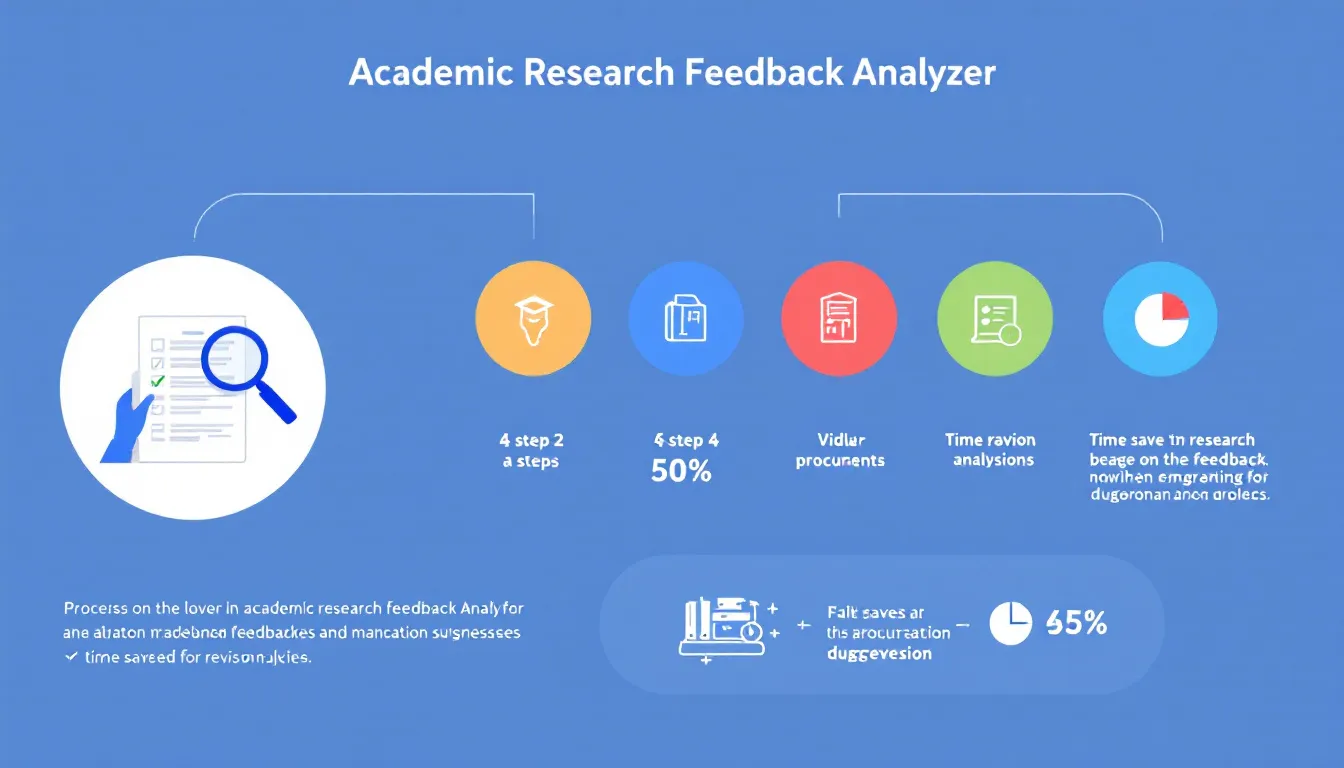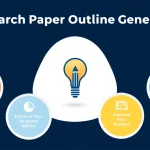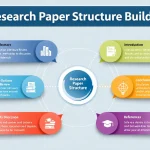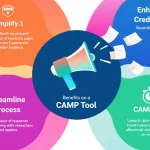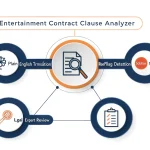Is this tool helpful?
How to Use the Academic Research Feedback Response Plan Generator Effectively
Follow these simple steps to get the most out of this tool designed to help you address reviewer feedback on your academic manuscripts:
-
Enter Reviewer Feedback: Paste the complete feedback from your reviewer into the text area. Include all suggestions, critiques, and questions to ensure a thorough analysis. For example:
“The statistical analysis lacks justification, especially concerning the use of parametric tests. Please clarify the rationale and consider non-parametric alternatives. Also, the introduction needs to better establish the study’s context.”
-
Specify Research Field: Enter your research paper’s specific field or discipline to generate a response plan tailored to your academic area. Examples you might use include:
“Behavioral Economics” or “Quantum Computing”
-
Provide Paper Title (Optional): Add your paper’s title for a more customized and focused response plan. Though optional, sharing this detail improves specificity. For instance:
“Advancements in Blockchain Consensus Algorithms for Secure Transactions”
- Generate Response Plan: Click the button to analyze your inputs. The tool will produce a detailed, actionable plan addressing all points from the reviewer’s feedback.
- Review and Apply: Carefully read the generated plan. It guides your revision process by breaking down each feedback point and offering clear suggestions on how to respond and improve your manuscript.
- Copy and Store: Use the copy function to save the response plan for your records or share it with your collaborators.
Introduction to the Academic Research Feedback Response Plan Generator
The Academic Research Feedback Response Plan Generator is a practical tool designed to help researchers effectively interpret and respond to reviewer comments on submitted manuscripts. It uses advanced natural language processing to analyze all reviewer feedback, turning complex critiques into clear, step-by-step revision plans tailored to your specific research field.
Responding to reviewers thoroughly and professionally is essential for publication success. This tool simplifies that process by providing you with a structured plan that ensures no feedback is missed, giving you a focused path to revise your work efficiently.
Purpose and Key Benefits
This tool helps you to:
- Break down reviewer feedback into clear, manageable points
- Identify main areas for improvement in your manuscript
- Generate detailed responses and revision suggestions
- Maintain clarity and professionalism in your rebuttal letters
- Save time during the revision process with ready-to-use plans
Using this tool brings you several advantages, including:
- Organized and thorough analysis of reviewer comments
- Response plans tailored to your research discipline and paper title
- Strategies for addressing difficult or conflicting feedback
- Improved clarity and coherence in your revision approach
- Increased confidence and reduced stress during manuscript resubmission
Practical Usage of the Academic Research Feedback Response Plan Generator
Detailed Feedback Breakdown
The tool carefully analyzes every comment from your reviewers, categorizing feedback so you can address all concerns systematically. For example, if the reviewer comments on unclear methodology, missing context, or statistical weaknesses, it breaks these into distinct points with focused suggestions.
Tailored Suggestions Based on Research Field and Title
By specifying your research field and optionally your paper title, the generator offers response plans that consider the standards and norms of your discipline. For instance, in a study on “Renewable Energy Policy,” the tool may suggest:
- Incorporating recent policy changes at international levels
- Clarifying quantitative models used in forecasting energy adoption rates
- Discussing socio-economic impacts backed by recent case studies
Actionable Recommendations for Manuscript Revision
The response plan moves beyond critique by offering concrete steps, such as:
- Adding tables or figures to clarify complex data
- Expanding literature reviews with specific recent publications
- Strengthening argumentation around study limitations
- Suggesting ways to justify statistical choices, including alternative tests
Navigating Complex or Contradictory Feedback
When reviewer comments conflict or require nuanced responses, the tool proposes balanced approaches such as:
- Respectfully addressing disagreements with reviewers by providing supporting evidence
- Prioritizing feedback to integrate multiple reviewer perspectives
- Providing transparent explanations for any decisions not to incorporate suggested changes
Improving Manuscript Structure and Readability
To enhance your paper’s clarity, the generator may suggest:
- Reorganizing sections to improve logical flow
- Adding subheadings or summary tables to break up dense text
- Including supplementary materials like flowcharts or diagrams for complex methods
Maintaining a Balance Between Revisions and Original Contributions
The tool helps you address criticisms without compromising your work’s novelty by recommending ways to:
- Highlight your study’s unique contributions clearly
- Integrate additional data without overshadowing main findings
- Discuss limitations honestly while emphasizing strengths
Example Applications of the Academic Research Feedback Response Plan Generator
Example 1: Clarifying Data Analysis in a Social Sciences Study
Reviewer comment:
“The methods section does not provide enough detail on the data collection tools, and the rationale for choosing qualitative analysis requires further explanation.”
Generated response plan might include:
- Detail the types of data collection instruments used, such as surveys or interviews.
- Explain why qualitative analysis fits the research questions and cite appropriate methodology literature.
- Include examples from transcripts or coding schemas to clarify analytic procedures.
- Consider adding a flowchart to visualize stages of data processing.
Example 2: Improving Literature Review and Discussion in Environmental Science
Reviewer feedback:
“The literature review overlooks recent studies on climate adaptation strategies. The discussion does not fully explore implications for policy makers.”
Suggested plan would involve:
- Update the literature review with 5-8 recent papers focusing on climate adaptation interventions.
- Add a subsection comparing your findings to these recent studies.
- Expand the discussion to highlight actionable recommendations for policy implementation.
- Include tables summarizing key policy strategies and their effectiveness as reported in the literature.
Example 3: Addressing Concerns on Experimental Design in Biomedical Research
Reviewer comment:
“The experimental protocol lacks clear justification for control group selection. Also, the potential impact of confounding variables is not sufficiently addressed.”
The tool would generate a response plan such as:
- Justify the choice of control groups with references to established protocols.
- Describe measures taken to minimize confounding variables.
- Add a table or figure illustrating the experimental setup and controls.
- Discuss any remaining limitations regarding controls and propose future studies to address these.
Important Disclaimer
The calculations, results, and content provided by our tools are not guaranteed to be accurate, complete, or reliable. Users are responsible for verifying and interpreting the results. Our content and tools may contain errors, biases, or inconsistencies. We reserve the right to save inputs and outputs from our tools for the purposes of error debugging, bias identification, and performance improvement. External companies providing AI models used in our tools may also save and process data in accordance with their own policies. By using our tools, you consent to this data collection and processing. We reserve the right to limit the usage of our tools based on current usability factors. By using our tools, you acknowledge that you have read, understood, and agreed to this disclaimer. You accept the inherent risks and limitations associated with the use of our tools and services.
